With Halloween just around the corner, it seems like the perfect time to watch some horror movies. And what better way to watch horror than to binge-watch a series set on exploring the conventions of different generations of horror films? R.L. Stine’s Fear Street trilogy is the perfect representation of the horror film industry from the classic ‘70s films all the way to present-day horror.
The first of the trilogy, Fear Street: 1994, is a good movie but is by far not the best movie in the trilogy. It’s an important movie in regards to setting up the series as a whole – it introduces the readers to the mystery behind the witch of Shadyside, to the central character, Deena Johnson, and to the conflict within the town. Fear Street: 1994 draws inspiration from 1990s horror flicks, like Scream, for it’s formula. The movie is very slasher-esque, and is definitely a horror film, but it can have moments where it tends to lean a little too much into the slasher stereotypes. The movie could feel a little rushed in regards to character building and establishing overarching themes, but when understanding that this movie was meant as an introduction to the whole trilogy, it seems understandable. There was a lot of exposition that needed to be filled in to act as a base for the other two movies. While this may make the movie feel a little overwhelming at first, the fast-paced plot can help viewers feel less overwhelmed and more enthralled with the mystery behind Shadyside’s unfortunate history. And, despite the fact that this movie is my least favorite in the trilogy, it is still a great and important movie. You simply cannot watch any of the other movies without watching the ones before it, and this one is the most important of them all. You get the most information on the central character, Deena, and her motivations, in this movie. It works as a great set up for the other two movies, but if it were a standalone film, I would see it as more average than it is in conjunction with the series.
Fear Street: 1978 is the second movie and may be tied for the best movie in the series. Part of this is my bias towards the classic horror movies of the 1970s and 1980s, like Friday the 13th, on which this movie is based on. It takes place in a Shadyside summer camp, where more information is revealed about the witch of Shadyside – Sarah Fier. The movie has a lot less exposition as well and follows more of a classic horror movie formula. Information is released sparingly, leaving the audience at the edge of their seats wondering what’s happening next. Even though we as the audience know realistically what will happen by the end, the movie still finds ways to surprise the audience. More information is revealed about characters that seemed to be unimportant at the beginning of the series, and tensions are ramping up for Deena and her crew.
The final installment of the Fear Street trilogy, Fear Street: 1666, is a phenomenal movie in it’s own right. Every movie in the series has led up to this final conclusion. This movie is half based in 1666 and half in the “present”, or 1994. This movie, to me, is most reminiscent of modern horror/thrillers. This movie is a lot less gorey and a lot more psychological. You finally get to see Sarah Fier’s story through Sarah Fier’s eyes, learn about her and begin to solve the mystery that is plaguing Shadyside. One of my favorite parts of the 1666 parts of the movie is the casting choice. The main characters were cast in the final movie to play the people of puritanical Shadyside, and each of their 1666 characters were complete opposites from their characters in the previous movies. The good girl camp counsellor is now a promiscuous teen. The troublemaker is a rule follower. The stark contrast between each actor’s two characters makes for a really interesting view on the town of Shadyside. There are twists and turns at every point in the movie, but not in a way that makes you feel overwhelmed with information. It’s exciting and draws back to references in the previous two movies, solidifying the ties between the three.
In the “modern day” section of Fear Street: 1666, we see all of the information we as the audience have been learning finally be brought to light to the other characters. For a brief moment, we as an audience are caught in the suspense of knowing something that the characters don’t, but not long enough to make the characters seem stupid. They begin to figure things out and try to solve the issue. The ending to the movie, and thus the ending to the trilogy, is quite satisfying in a few ways. For one, the main conflict is seemingly resolved. Deena and her friends break the curse that has been haunting Shadyside for centuries. But, the movie does not sugarcoat the end and pretend everything is totally fine and perfect post horror. People have still died, characters are still dealing with trauma, and there isn’t a clear-cut sense of finality. The writers and directors of the Fear Street trilogy added a sense of realism to the ending, which quite honestly is a refreshing change. In a way, having everything not go back to normal and not be totally fine in the end is satisfying because it doesn’t feel like a resolution is being forced. In the real world, when problems are solved, they don’t disappear. It adds a more personal and somewhat realistic side to a clearly fictional story.
One of the best parts about the trilogy, without a doubt, is the characters. Each character goes through a transformation throughout the series of events, which also helps tie the stories together. I have to argue that Deena Johnson, our main character, is a little bland. Her story is very interesting and the actress who played her, Kiana Madeira, did a phenomenal job doing so. However, I felt as though the writers didn’t do much for Deena as a person development-wise. She was angsty at the beginning of the series and was slightly less angsty by the end, but honestly that’s all I really got from it.
Her brother Josh Johnson, however, is a different story. Personally, he was my favorite character in the series. He was funny, had great lines, and went through a lot of development throughout the movies. He started off more timid and kind of nerdy. He was not very sure of himself and wanted to be more confident. He relied on the internet for most of his social interactions. Throughout the three movies, Josh grows as an individual. He gains confidence, learns to be himself, and realizes that there’s value in himself and his interests. He doesn’t change for anyone, but instead grows into himself more.
The third “main” character, Samantha “Sam” Fraser, also goes through more changes throughout the series. At the beginning of the series, it’s established that Sam and Deena had previously had a relationship that ended because of Sam’s worry over how people would react. She was dealing with a lot of denial and internalized homophobia, which caused a rift between her and Deena. Deena is heartbroken by this and Sam is just trying to move on. She’s pushing her identity down, she moved to the neighboring town of Sunnyvale, and is so afraid of herself. By the end of the series she not only grows to accept herself, but grows to be more confident. She stands up for herself, she accepts who she is, and she and Deena begin to date again.
All-in-all, the movie series does a phenomenal job of celebrating the horror genre and is a way audiences can have a unique horror experience. Whether or not it’s Halloween season, these movies will enthrall and entertain you. I recommend you check them out when you have the time to see a unique horror story unfold. The movies are available to stream on Netflix.
By Meaghan Shea
 Horror News | HNN Official Site | Horror Movies,Trailers, Reviews
Horror News | HNN Official Site | Horror Movies,Trailers, Reviews
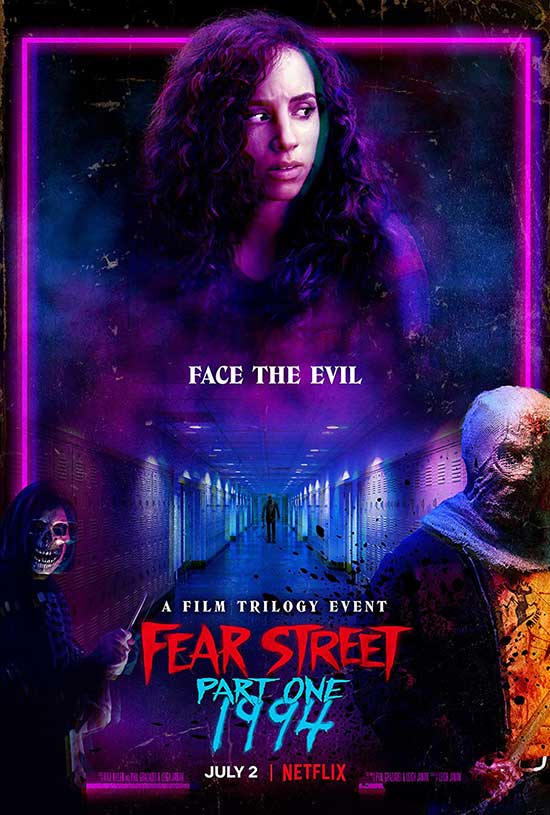
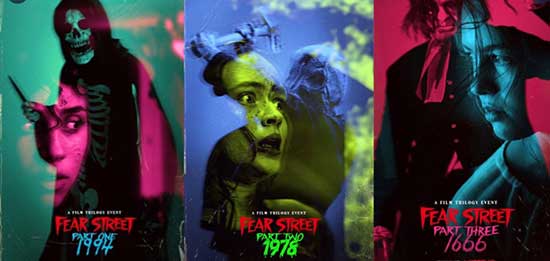
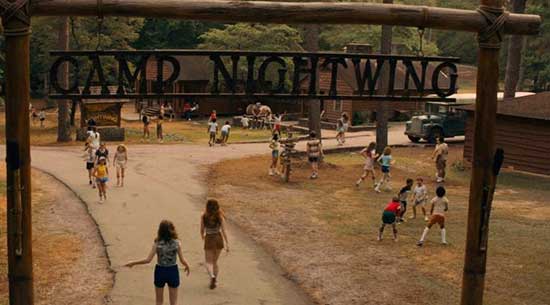
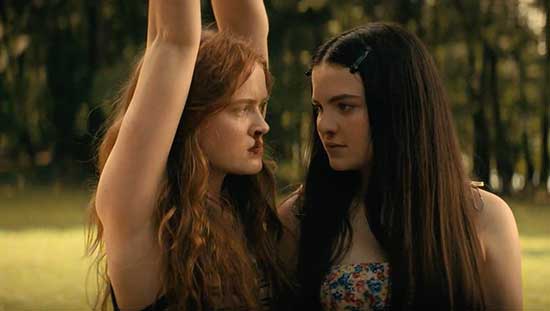




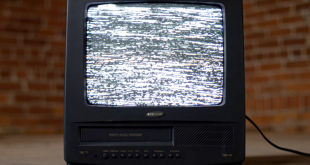
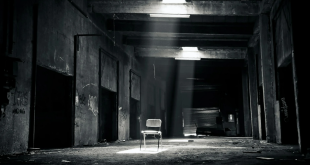

Just no.
The whole contrived experience failed on every level.
So, if by “perfect representation of the evolution of horror” you mean that modern film makers can’t even adequately homage past genre greats without vomitting a bucketload of obvious ‘memberberries’ all over their smug faces, then yes, it is indeed a perfect, but sad, representation of the depressing devolution of horror.